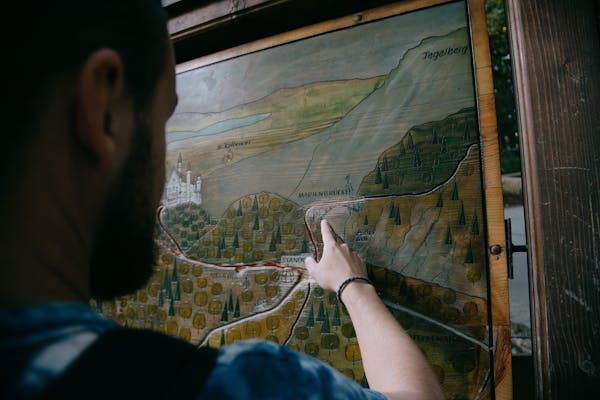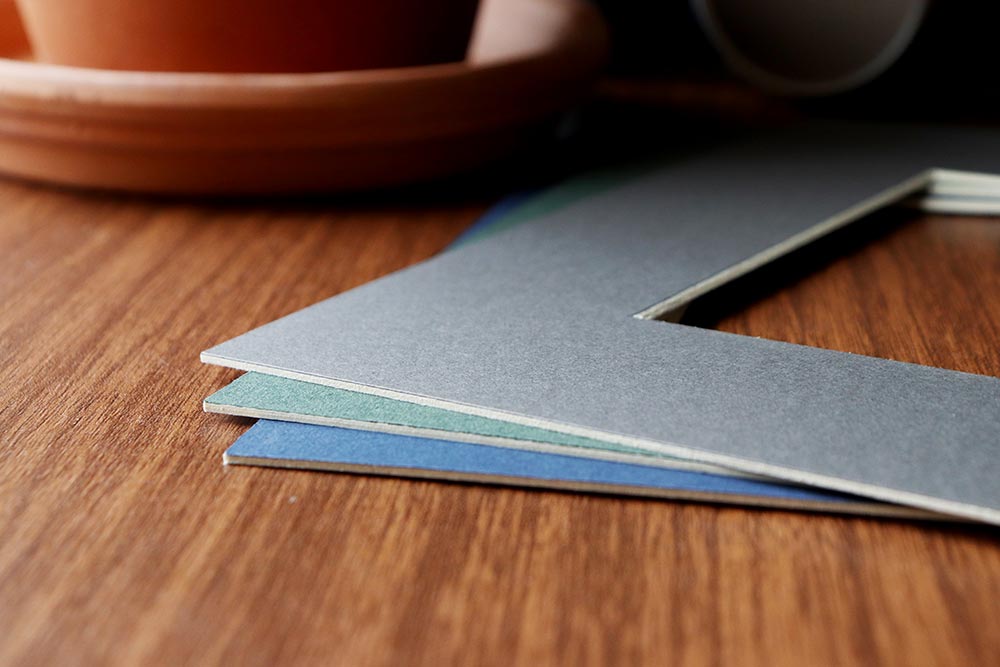How you can Travel the World with Google Arts and Culture
Just a few years back, if you wanted to check out the Christ statue in Rio, or marvel at the 4,000-year-old mummy at Kolkata’s Indian Museum (yes, they have that), you would have had to visit the actual place.
Not now. Thanks to Google Art & Culture, you can access them from anywhere. At a time when we are still a tad uncertain about travelling, and planning an international trip remains a pipe dream, technology can certainly take care of our travel itch. And platforms like Google Arts & Culture allow us to explore museums and heritage sites halfway across the world through their specially curated Virtual Reality tours. A pioneer in the field of virtual reality, Google Arts & Culture showcases a wide-ranging variety of artworks using high-resolution image technology.
Their website and app allows you to browse through the archives of museums a breeze. For instance, you could be looking through the National Gallery of Art in Washington DC while sitting at your desk in Kochi. They have everything related to art and culture, even ‘cats in art’, and their VR function lets you explore the streets of any city.
Outlook Traveller interviewed Simon Rein, Program Manager, Google Arts & Culture about their Virtual Reality platform and how it is transforming travel. Here are excerpts from the interview.
Given that the pandemic has restricted people from travelling to their favourite destinations, how do you think Virtual Reality tours can help the armchair traveller?
Google Arts & Culture’s mission has always been to develop technology that gives people access to the world’s treasures, and encourage them to engage with art and culture in new ways. Virtual Reality tours in particular are an exciting way for someone to feel like they’re transported to a different place, and can grant unprecedented access to special sites for a unique, intimate experience. For example, our tour of the Palace of Versailles gives you access to 21 iconic rooms in the palace, amongst them the world known Hall of Mirrors or the Queen’s Great Apartments that were home for Marie Antoinette. You have the whole palace to yourself!

How can the VR Tours designed by Google Arts & Culture help tourists and art connoisseurs in the present scenario?
We hope our Virtual Reality and 360 degree tours, and beyond that, Google Arts & Culture as a whole, will be a valuable tool to explore culture from home, or even discover and gain new appreciation for art around you. The free mobile app can quickly help you identify museums and exhibitions near you, or to browse landmarks and paintings. It offers several interactive tools. For example, The Art of Colour “Pocket Gallery” opens up a virtual space that playfully adopts colors and geometric shapes to reflect the works of art inside. And Art Projector uses Augmented Reality to transport life-size artworks right in front of you. We’re always looking for ways we can use technology to get people excited about and engaged with arts and culture. Virtual Reality tours add an experiential and immersive layer to the content that we have available.
Can Virtual Reality change the way people travel?
Virtual reality tours allow you to discover places that might be hard to access or explore in a different way. On Google Arts & Culture, you can encounter a Jurassic giant, fly in a Space Shuttle, or join a classical music concert in Beijing’s Forbidden City in 360 degree.
.jpg)
Did your platform gain better traction during the lockdown? Did you roll out anything new?
We know a lot of people are exploring arts and culture from home these days, and we are happy to see that more and more people find the diverse content that we make available on our free app, including our immersive AR or VR features, worthwhile in this challenging time. Our recent tours guide you to Chauvet Cave in France, where you find some of the world’s oldest prehistoric drawings and is usually closed to the public. Our tour of the Palace of Versailles gives you access to 21 iconic rooms in the palace, amongst them the world known Hall of Mirrors or the Queen’s Great Apartments that were home for famous Marie Antoinette. You can have the palace to yourself and zoom into details you wouldn’t be able to in real life.
Have you had any most-watched 360 degree tours on your platform?
People from all over the world visit Google Arts & Culture and their interests are as diverse as the content our partners make available online. This can be discovering some of humanity’s oldest cave paintings in AR or zooming into the details of iconic artworks such as the Starry Night by Vincent van Gogh. Some people like to explore Indian Railways while others immerse themselves in VR to learn about Jurassic giants.

What advice can you give to those in the tourism industry who want to start using immersive technologies for their business?
Google’s expertise lies in technology, not in art, culture or the travel industry in general. We have been an innovation partner to cultural institutions since 2011, and we’ll continue working together to make culture available online to everyone through innovative and immersive technologies. In India, we collaborated with the Archaeological survey of India to capture India’s landmarks in 360 degrees. And we partnered with India’s Ministry of Tourism for their Incredible India program, for an immersive 360 video that takes you to famous sites across India in one day.
Which are your personal favourite tours from India on Google Arts & Culture?
I think my favourite way to explore India is in a completely different way, through its crafts! India is famous for its crafts, When you travel the country, crafts are all around you in all their colourful beauty. But many don’t know who the makers are, and what goes into the creation of these masterpieces. We wanted to change that. Together with the Ministry of Tourism and Dastkari Haat Samiti, we created Crafted in India, from where you can virtually travel to the villages where the crafts are made. And last time I was in India, in February, I made sure to bring a craft home with me!








